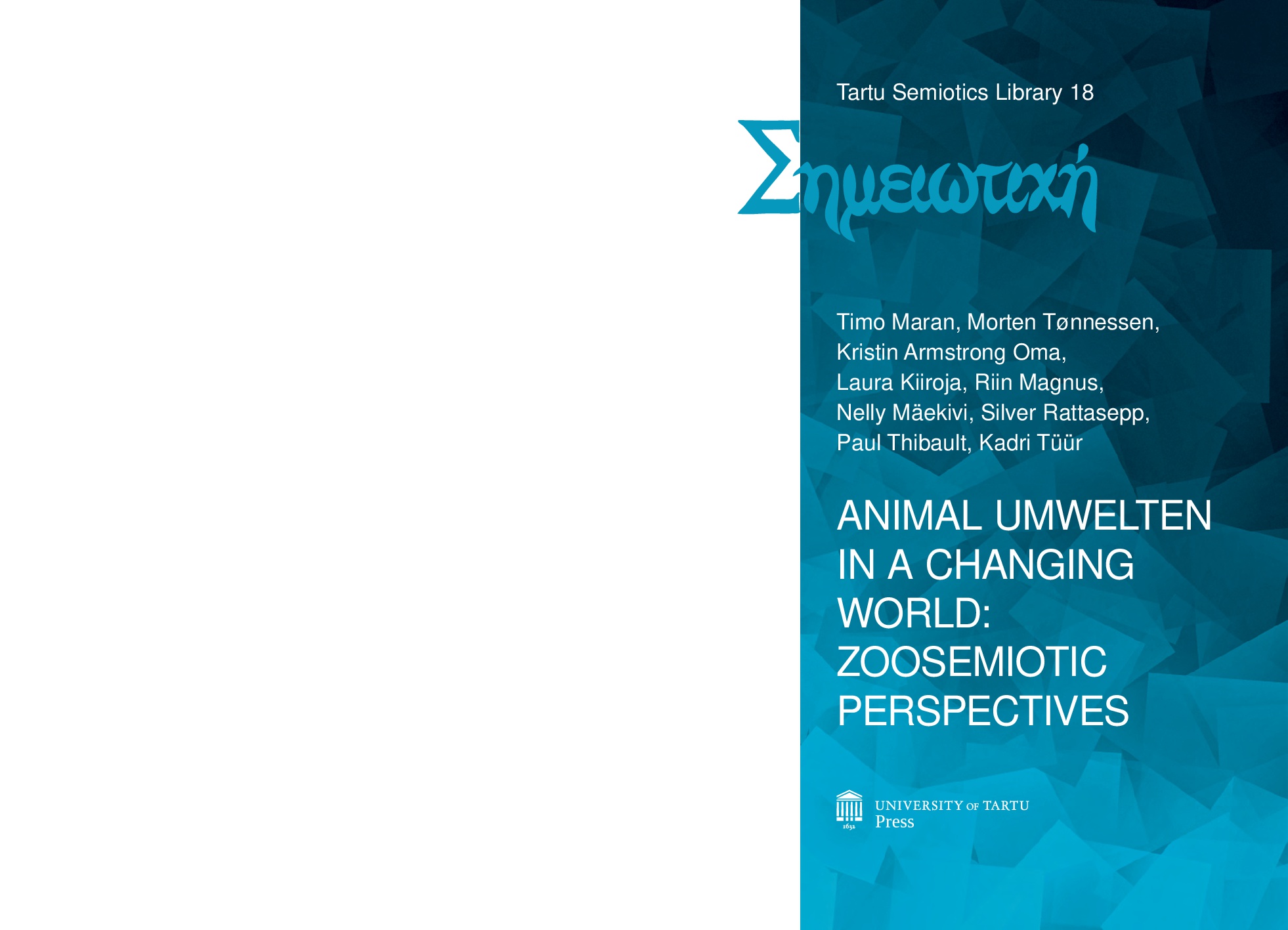Semiotics in the interaction of guide dogs and visually impaired persons
Semiotics in the interaction of guide dogs and visually impaired persons
Author(s): Riin MagnusSubject(s): Semiotics / Semiology, Environmental interactions
Published by: Tartu Ülikooli Kirjastus
Summary/Abstract: The interaction of the guide dog team members, as well as their perception of the environment, are built upon the usage of signs. Hence the semiosic foundation of the team’s cooperation could give rich material of analysis for different subfields of semiotics: disability semiotics (see Rogers, Swadener 2001), anthropological zoosemiotics (see Martinelli 2010: 121–170), sociosemiotics and urban semiotics. It also opens up research vistas that until now have gained only minor interest or no attention within semiotic studies: the sensorial complementarity of different individuals and species; the formation of shared meanings between different individuals while carrying out specific tasks; and interspecific communication as a means of introducing new cues and meanings into individual umwelten. Th at the differences in the sign usage of different species and individuals are crucial for guide dog work was noticed already in the very early days of guide dog training. Guide dog training started in Germany during WWI. The first guide dogs were trained in Oldenburg in order to aid soldiers who had lost their eyesight (Calabrò 1999: 20–21; Martens 1956: 13). The Institute for Umwelt research in Hamburg, headed by Jakob von Uexküll, started working out training methods for guide dogs in the 1930s (Uexküll, Sarris 1931; see also Magnus 2014a). The method developed by Uexküll and his colleagues was to rely on umwelt theory as a theoretical ground. Jakob von Uexküll had claimed that the umwelt of an animal is inextricably linked with the organism’s body plan. Hence, in order to insert meanings and objects that were of importance for the blind person into the umwelt of the dog, the dog’s body plan had to be changed. Th e employees of the Institute for Umwelt research therefore developed a cart, called a ‘phantom man’, which was meant to imitate a blind person and was attached to the dog. By moving around with the cart, the dog was to discover new meanings of objects (e.g. ditches becoming obstacles from now on) and was hence more independent of the signals of the trainer in the learning process.
Journal: Tartu Semiotics Library
- Issue Year: 2016
- Issue No: 18
- Page Range: 258-268
- Page Count: 11
- Language: English
- Content File-PDF

